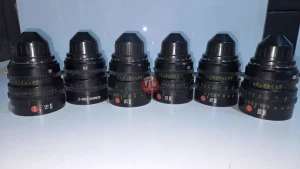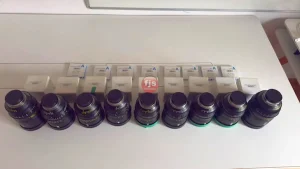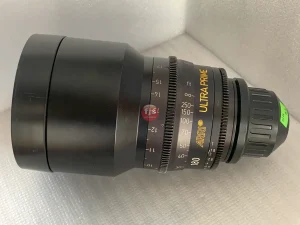Introduction
Anamorphic lenses have long been prized for their ability to create a distinctive, cinematic look. However, the high cost and specialized equipment required can be prohibitive for many filmmakers. As a result, techniques like faux anamorphic effects have gained popularity. But is the faux anamorphic look always inferior to using real anamorphic lenses? Let’s explore the key differences and considerations.
Key Features and Benefits of Real Anamorphic Lenses
- Authentic Look: Real anamorphic lenses offer a truly authentic, cinematic look that is difficult to replicate with other methods.
- Unique Distortion: The specific distortion patterns created by anamorphic lenses are often considered a defining characteristic of the look.
- Professional Grade: Real anamorphic lenses are typically high-quality optics designed for professional filmmaking.
Key Features and Benefits of Faux Anamorphic Effects
- Accessibility: Faux anamorphic effects can be achieved using software or specialized adapters, making them more accessible to a wider range of filmmakers.
- Cost-Effectiveness: Faux anamorphic techniques are generally more affordable than using real anamorphic lenses.
- Creative Flexibility: Software-based effects offer more flexibility for experimentation and customization.
Is Faux Anamorphic Always Inferior?
While real anamorphic lenses offer a unique and authentic look, faux anamorphic effects can be a viable alternative in many situations. The quality of the final result depends on several factors, including:
- Software Quality: The quality of the software used to create faux anamorphic effects can significantly impact the final look.
- Image Quality: The underlying image quality of the footage is crucial. Higher-quality footage will generally produce better results.
- Creative Skill: The skill of the filmmaker in applying faux anamorphic effects can also influence the outcome.
Conclusion
The choice between real anamorphic lenses and faux anamorphic effects ultimately depends on your specific needs, budget, and creative goals. While real anamorphic lenses offer a truly authentic look, faux anamorphic techniques can be a viable option for many filmmakers. By carefully considering the factors involved and experimenting with different approaches, you can achieve the desired cinematic look for your project.
Questions and Answers
- What is the main difference between real anamorphic lenses and faux anamorphic effects?
- Real anamorphic lenses create the widescreen effect optically, while faux anamorphic effects are achieved digitally or through specialized adapters.
- Can I achieve a similar look to real anamorphic lenses using faux anamorphic techniques?
- While it’s possible to achieve a similar look, real anamorphic lenses often offer a more authentic and unique aesthetic.
- What are the limitations of faux anamorphic effects?
- Faux anamorphic effects may not be able to perfectly replicate the specific distortion patterns and characteristics of real anamorphic lenses.







